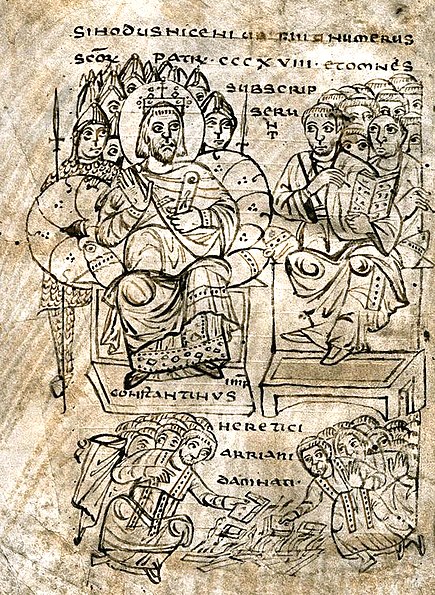Last night I sat down and spent several hours working on the Mithras article on Wikipedia. The effort is probably futile, but the article has been one of the worst on Wikipedia, and a constant source of misinformation online.
My principle was to ensure that there was either a reference to a primary source, or to a modern Mithras specialist; or to remove the material. The curse of information on Mithras online is the tendency to attribute without reference every event of the life of Jesus to Mithras, usually for reasons of religious hate.
This was all sparked by an email from another editor, “Fullstop”, who was trying to heal the article. He supplied me with a very useful review by Roger Beck of a book on Mithras by Reinhold Merkelbach, which incidentally reviewed most of the scholarship.
He also supplied me with an article by Vermaseren [1] discussing the idea that Mithras (meaning Persian Mitra) was born from a woman, or was a son of Ahura-Mazda:
The scarce literary evidence as well as the abundant archaeological material give us different versions of the way in which Mithras came into the world and it is hardly possible to reconcile the two.
In the Yasht 10, the hymn of the recent Avesta, in which Mithras is specially invoked, the Persian god of light appears resplendent in a golden colour on the top of the mountain Hara berezaiti, the present Elburz in Persia, from where he looks over the whole earth of the Aryan people.
This is not a description of a real birth, but this manifestation of the deity as the giver of light, pouring forth his largess every morning anew and, besides, the feminine name of the mountain were apt to lead to the conception of the birth of the god from a Mother-Goddess. Yet, the idea of Mithras as a son of Ahura-Mazda, the Knowing Lord, or as born naturally from a woman, though attested by some late Armenian writers, did not become traditional 3). Mithras’ birth remained an obscure affair:…
3) In general Cumont, Mon. Myst. Mithra I 160 f ; G. Messina, “Magi a Betlemme e una predizione di Zoroastro”, Roma 1933; Christensen, “L’Iran sous les Sassanides”, Copenhague 19442, 155.
The sloppiness of references in earlier writers on Mithras means that we are left to wonder just who said what. Does anyone know who are referred to here?
UPDATE: An email tells me that Cumont, Textes et Monumentes II, pp.3-5 (online here), contains some Armenian sources. And so it does. First is a fragment of Eznik of Kolb, De Deo; then one from the Agathangelos. Neither is to our purpose.
Next up is “Elisee Vartabed” (which may be French but doesn’t sound Armenian) and his “History of Vartan”. Apparently this is a 5th century author. Cumont quotes two different French translations, which I have run into English:
[From the apology for Christianity addressed by the Armenian bishops to Mihr-Nerseh, the minister of the king of Persia, Yezdegerd II:]
You have said that God was born from a woman; you shouldn’t probe this, or express horror at the idea. In fact Ormizd and Ahriman were born from a father, and not of a mother; if you think about it, you can’t accept that. A thing still more singular: the god Mihr was born of a woman, as if one could have commerce with one’s own mother.
[Apparently a better translation of the last sentence:]
Your god Miher is not only born of a woman, but what is still more ridiculous, he is born from an incestuous commerce with his own mother!
[A little later:]
One of your most ancient sages has said that the god Mihr was born from a mother, who was of the human race; he is no less a king, son of God, and the valiant ally of the seven gods.
This is followed by a quotation from Moses of Chorene — also not relevant for us — and that’s the lot.
So Vermaseren’s “some late Armenian writers” reduces to one, the 5th century historian “Elisee Vartabed”, in a speech given by the Armenian bishops to the persecuting Sassanid Persian governor. I wonder if there are any more?
So, what can be found out about this author? Well, first, there is at least one English translation, from 1830, here, where he is called Elisaeus. A more modern English version exists by Robert Thomson, Eliseus Vardapet: History of Vardan and the Armenian War, Harvard (1982). The text does not seem to be online, however. I might fix that by OCR’ing the 1830 version.
[1] M. J. Vermaseren, “The Miraculous Birth of Mithras“, Mnemosyne, Fourth Series, Vol. 4, Fasc. 3/4 (1951), pp. 285-301
Like this:
Like Loading...

